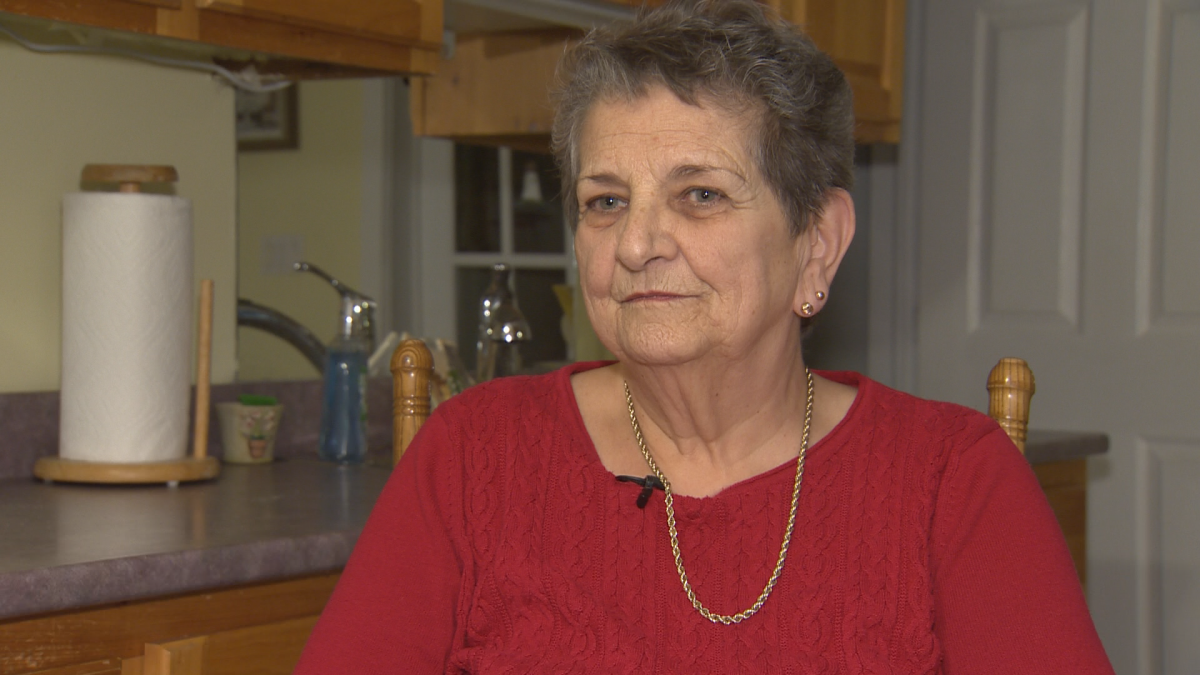Moncton Hospital’s chief of staff says approximately one-fourth of their beds are occupied by people who should be in nursing homes or long-term care beds.

“We need a much more efficient process for moving them from the hospital to the nursing home,” says Dr. Ken Gillespie. “Right now, the average length of time that patients are in hospital is about seven months. But we’ve seen that go longer. In some cases, even two or three years that patients are in hospital waiting for a placement.”
Shirley Stuart knows what it’s like waiting for that phone call; her husband, who lives with advanced-stage dementia, is in the Dr. Georges-L.-Dumont University Hospital Centre waiting for a nursing home placement.
“I spend my days at the hospital with him to ensure that he does get the proper care,” Stuart says.
And while it’s lonelier around the house without her husband of 56 years, she’s trying to hold on to every last day with him.
“We take one day at a time and deal with it as it comes because each day is very, very different, never the same,” she says.
But part of the reason she has to ensure he receives the proper care is because his level of care is not what hospital staff should be providing.
“They provide a different kind of service, a much more ‘homey’ service and you’re interacting on the daily with other people,” says Cecile Cassista, a seniors advocate. “In a hospital, you tend to get up, you tend to go to bed, you tend to lie in your bed and you languish and you get weaker and weaker.”
Cassista, the executive director of the New Brunswick Coalition for Seniors and Nursing Home Residents’ Rights, has been long advocating for nursing home management to be under the Department of Health.
“Someone being in a hospital setting basically is under medical care,” she says. “Why should it then be transferred to Social Development? It’s just another delay.”
“In all other provinces, nursing homes are managed by the Department of Health,” says Dr. Gillespie.
He says it can take weeks or months for an assessment to determine where a patient is best-suited.
In a province that grapples with an aging population, one of the oldest in Canada, the concerns continue to grow.
Premier Blaine Higgs says the province is considering the change, but stopped short of making any commitments.
“We know that there’s a crisis at hand here, and we’ve seen it firsthand with the hospital in Campbellton,” he says. “We’ve also seen that it isn’t going to be a matter of just building more nursing homes, it’s a matter of finding a way to utilize special care homes, finding a way for an in-home model for home care.”
According to Cassista, there are 781 seniors waiting for nursing homes, and 465 of those people are in hospital.
Gillespie says their hospital bed vacancy is slim, with average occupancy “well into the 90 percentiles.”
About 80-100 people in their 382 beds are people waiting for alternate levels of care at any given time, Gillespie says.
That has a domino effect on ICU patients, OR delays and wait times in the ER.
“If a bed is not available, then (patients) have to remain in the emergency room,” Gillespie says. “Sometimes they’re there for hours, but sometimes they’re there for longer, even days. That has an impact on our ability to see new patients.”
For Stuart, she knows nurses do the best they can with the strapped resources they have.
But being in the hospital to provide nursing home-level care for her husband takes a toll on her.
“Sometimes, I just kind of think, ‘well he’s going to get better’.”
- What is a halal mortgage? How interest-free home financing works in Canada
- Ontario doctors offer solutions to help address shortage of family physicians
- Capital gains changes are ‘really fair,’ Freeland says, as doctors cry foul
- Budget 2024 failed to spark ‘political reboot’ for Liberals, polling suggests








Comments